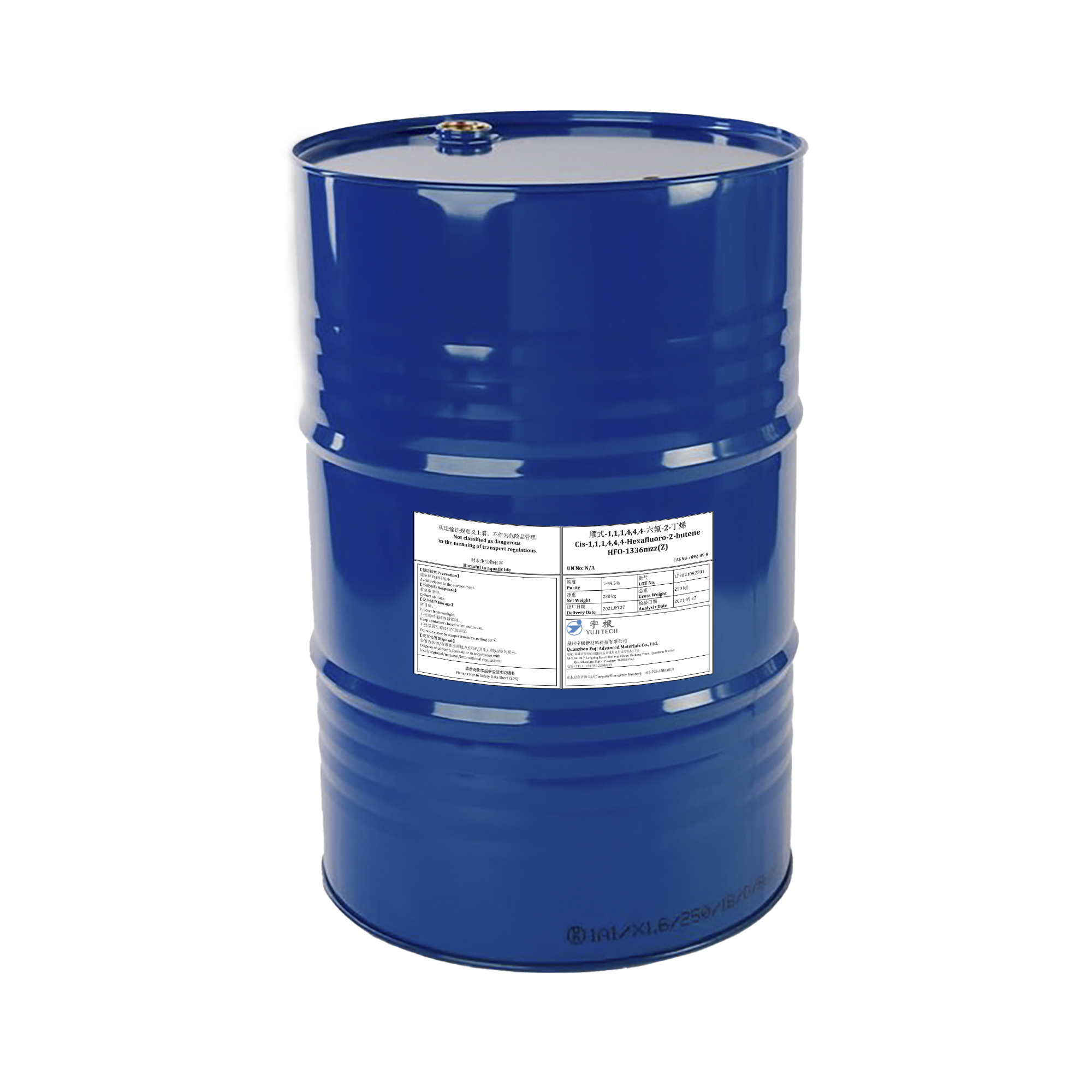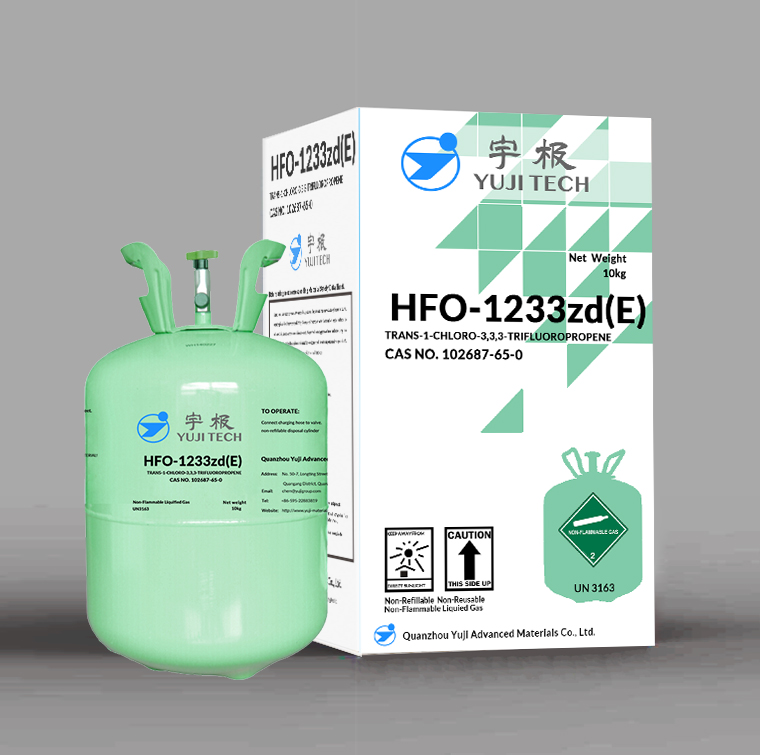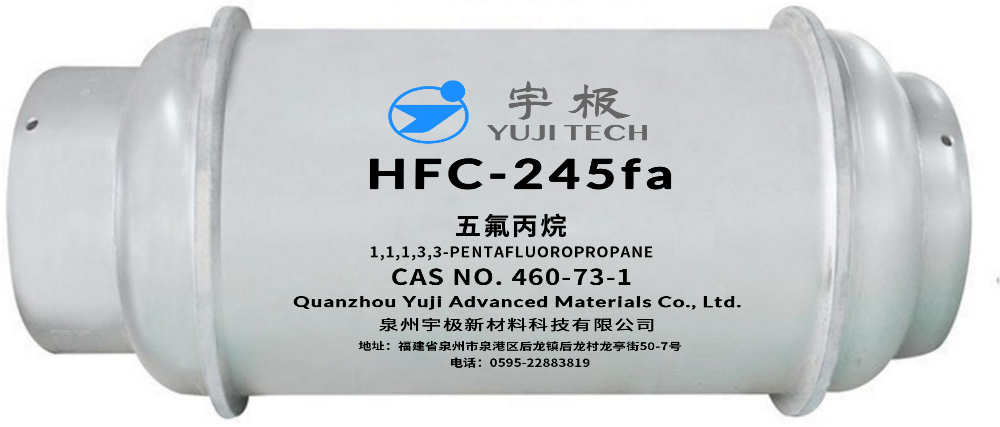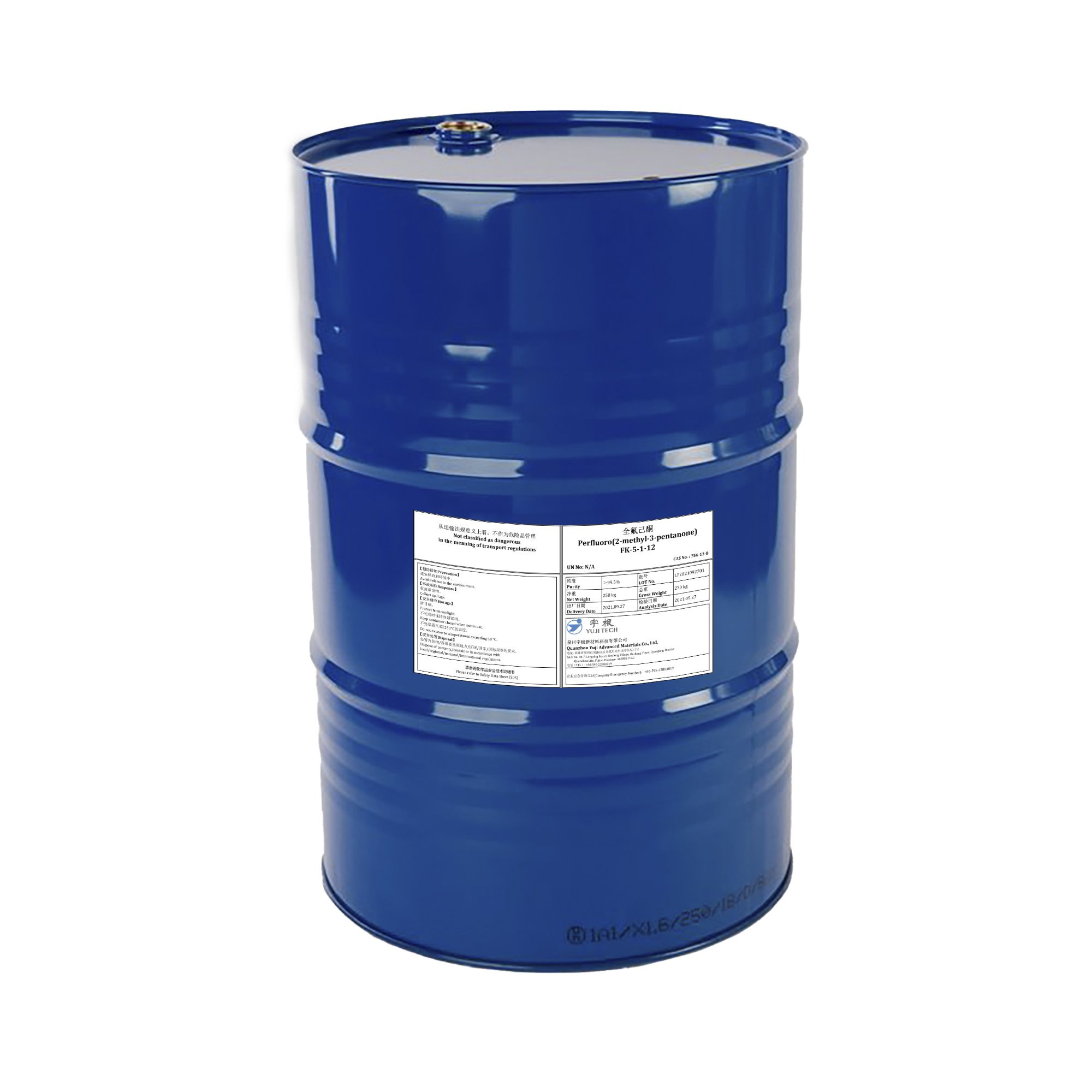
cis-1,1,1,4,4,4-hexafluoro-2-butene/HFO-1336mzz(Z)
CAS NO.: 692-49-9
Purity :99.99%

trans-1-chloro-3,3,3-trifluoropropene/HCFO-1233zd(E)/C3H2F3Cl
CAS NO.: 102687-65-0
Purity :99.99%

1,1,1,3,3-Pentafluoropropane/HFC-245fa
CAS NO.: 460-73-1
Purity :99.99%

Perfluorohexanone/perfluoro(2-methyl-3-pentanone)/C6F12O
CAS NO.: 756-13-8
Purity :99.99%
| Compound | 2,2,2-trifluoroacetyl fluoride | ||||
|---|---|---|---|---|---|
| CAS No. | 354-34-7 | Catalog No. | 354-34-7 | Brand | |
| Purity | ≥99% | Packing | 5kg | Grade | |
| Lead Time | Origin | ChinaFujianQuanzhou | Loading Port | ||
Trifluoroacetyl fluoride has the advantages of fast etching rate, high aspect ratio and high selectivity, and can realize nearly vertical etching processing, which provides the possibility for manufacturing small volume and large capacity 3D NAND flash memory. At the same time, trifluoroacetyl fluoride is environmentally friendly, GWP < 1, atmospheric life of 6.9 days, the greenhouse effect is very low, and it is currently one of the fluorine-containing electron etching gases with excellent etching properties and environmental protection properties.
As the global climate change problem becomes increasingly prominent, more and more countries have put forward the vision of a carbon-free future. In 2023, the European Commission and the European Parliament reached an agreement that the consumption of HFCs (hydrofluorocarbons) will be phased out completely by 2050. Under the production rights allocated by the European Commission, the production of HFCs will be gradually reduced to a minimum of 15% by 2036. For small household and heat pump equipment, starting from 2027, the EU will begin to completely ban the use of HFCs with GWP values greater than 150 (<12 kW) single-unit heat pump equipment and air conditioning, and achieve complete elimination in 2032. In addition, according to the latest proposal from the U.S. Environmental Protection Agency (EPA) this year, starting in 2025, all common HFCs with higher GWP values, including HFC-134a, HFC-404A, HFC-410A, etc., will be banned in most air conditioners. Therefore, the development of lower GWP, stable and safe refrigerants is still an urgent problem for the refrigeration industry.
CAS No : 1722-12-9
CAS No : 22536-67-0
CAS No : 32779-36-5
CAS No : 3934-20-1
CAS No : 4774-14-5
CAS No : 62802-42-0
CAS No : 3921-01-5
CAS No : 2831-66-5
CAS No : 108-24-7
CAS No : 141-78-6
CAS No : 67-64-1
CAS No : 109-99-9
CAS No : 121-44-8
CAS No : 106-65-0
CAS No : 3852-09-3
CAS No : 7664-39-3
Triethylamine trihydrofluoride
CAS No : 73602-61-6
CAS No : 624-92-0
2,2,2-TRIFLUOROETHYL TRIFLUOROACETATE
CAS No : 407-38-5
1,1,1,3,4,4,4-heptafluoro-3-(trifluoromethyl)butan-2-one
CAS No : 756-12-7
CAS No : 75-63-8
CAS No : 76-05-1
CAS No : 78-40-0
CAS No : 2314-97-8